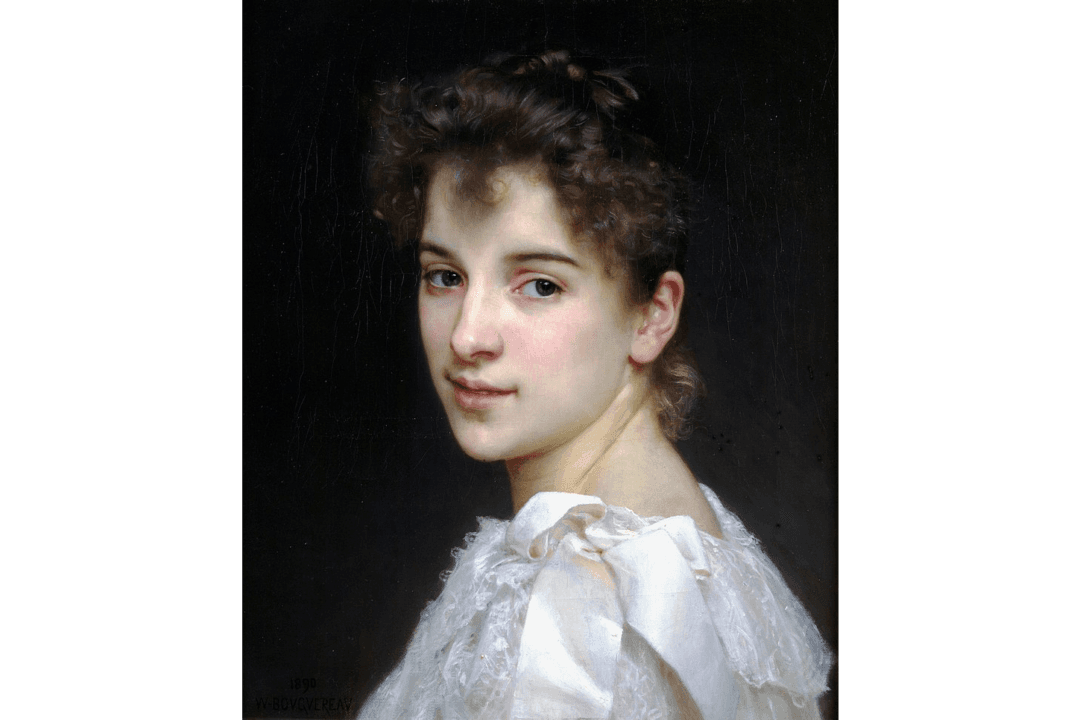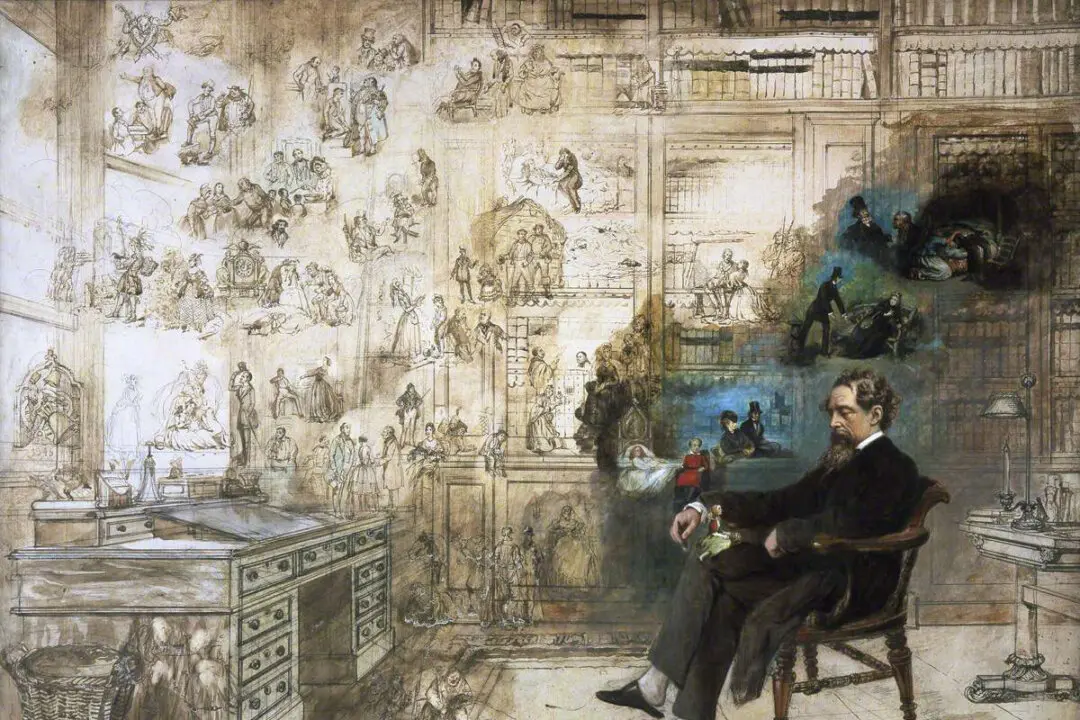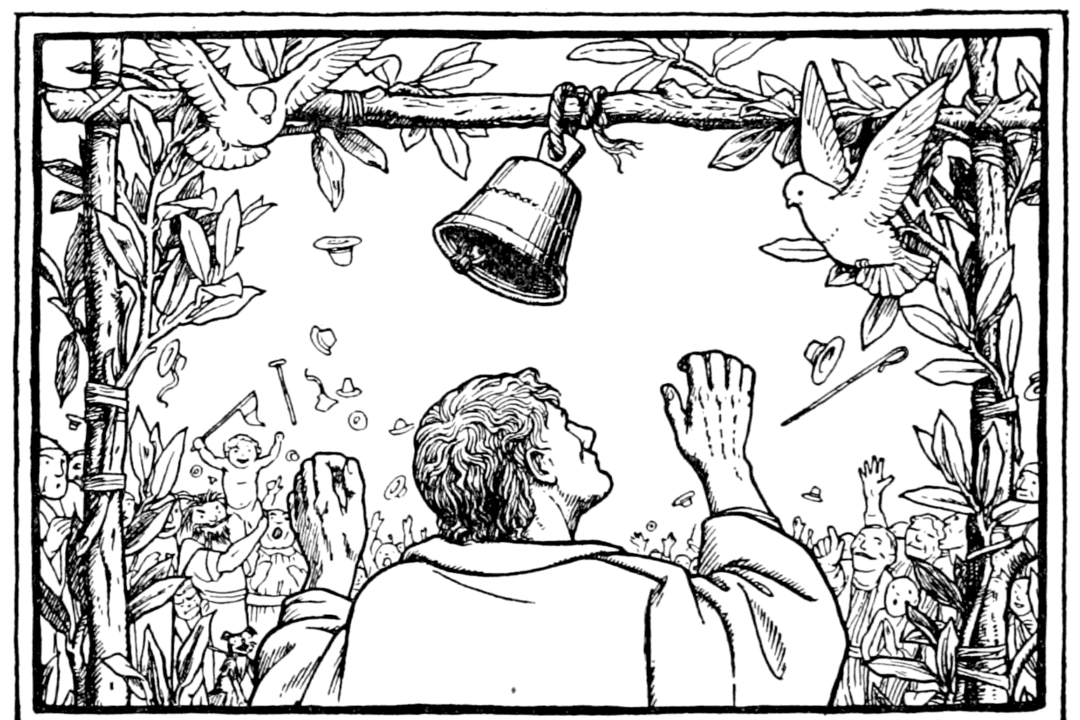Just as a mirror reflects how we see ourselves, so what we wear signals to others how we want them to think about us. Every time we decide on how to dress and what to wear, we choose to either hide behind the superficiality of dress or complement our inner selves by our outward adornments.
In his short story “Dressed for a Party,” T.S. Arthur contemplates the importance of how we dress, especially when others will see us. By using the character of young Alice, who is preparing for a party, the author shows the role that our consciousness plays when we choose what to wear. After Alice dresses, she presents herself to her Aunt Helen.






